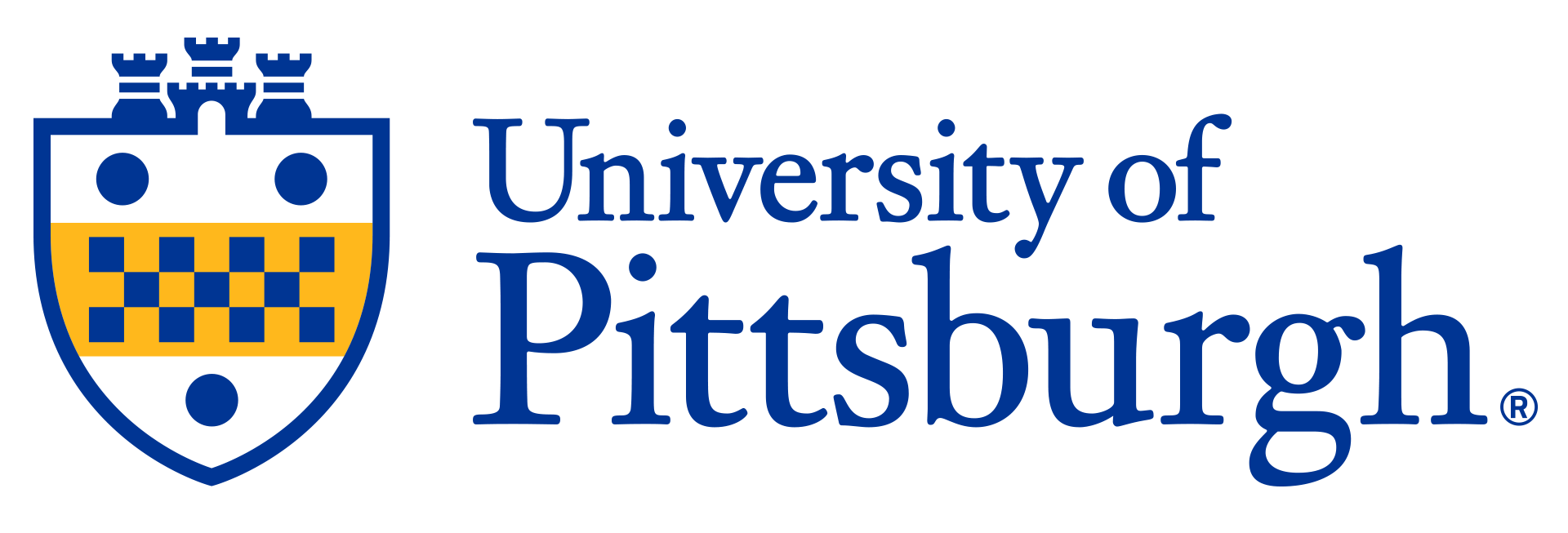

Novel Treatment for Retinitis Pigmentosa
University of Pittsburgh scientists have identified a novel target and associated treatment for retinitis pigmentosa (RP). The nuclear speckle (NS) liquid-liquid phase separation (LLPS) is a previously unexplored therapeutic target for proteinopathies. High-throughput screening has identified pyrvinium, an FDA approved treatment for pinworm infection, can improve proteostasis, increasing NS LLPS. Identification of this therapeutic target and subsequent treatment with pyrvinium or other therapeutic agent could prove a unique approach to managing many proteinopathies offering hope to millions of patients.

Description
Proteostasis is vital to cellular health. Incomplete or incorrect proteostasis is linked to neurodegeneration, including autosomal dominant retinitis pigmentosa (adRP), a condition that can lead to blindness. The role of NS in controlling proteostasis has recently been established. Expression of NS scaffolding protein SON decreases with age and reduced SON expression has been observed in patients with proteinopathies. Increasing SON expression is a strategy that could rehabilitate NS function, improving proteostasis efficacy and potentially curing or alleviating many proteinopathies.Applications
• Retinitis pigmentosa• Proteinopathies (e.g., Alzheimer’s and Parkinson’s disease)
Advantages
Generally, no cure exists for RP, and management of symptoms, including vision loss, is the current treatment approach. While gene therapy has been approved by the FDA, it is only suitable for one rare genetic mutation (RPE65) among nearly 100 mutations linked to RP. With an aging population there is a pressing need to develop treatments.Pyrvinium can target the root cause of RP, incompetent proteostasis, by increasing SON expression and modulating NS LLPS dynamics. Unlike existing treatments for RP, this approach targets the biological cause and can prevent degeneration of retinal tissue following diagnosis. It may even restore damaged tissue. Additionally, pyrvinium pamoate is already FDA approved with a known safety profile and could mean that approval for treatment of proteinopathies may be easier than for a novel substance.
Invention Readiness
High throughput screening of FDA approved drugs discovered pyrvinium could increase NS diffuseness. In vitro studies confirmed cells treated with pyrvinium had similar gene expression signatures to cells regulated by SON over-expression, with an increased expression of genes involved in unfolded protein response, autophagy and lysosomal activity. Ex vivo experiments in the retinas of animals with RP cultured with 0.5M pyrvinium for 11 days led to preservation of retinal thickness, with outer nuclear layer cell numbers restored to levels even higher than that observed in wild type retina.IP Status
Patent PendingRelated Publication(s)
Dion, W., Tao, Y., Chambers, M., Zhao, S., Arbuckle, R. K., Sun, M., Kubra, S., Schaich, M. A., Nie, Y., Ye, M., Jamal, I., Larsen, M. B., Camarco, D., Ickes, E., Wang, H. H., DuPont, C., Wang, B., Liu, S., Pi, S., … Zhu, B. (2024). SON-dependent nuclear speckle rehabilitation alleviates proteinopathies. Cold Spring Harbor Laboratory. https://doi.org/10.1101/2024.04.18.590103